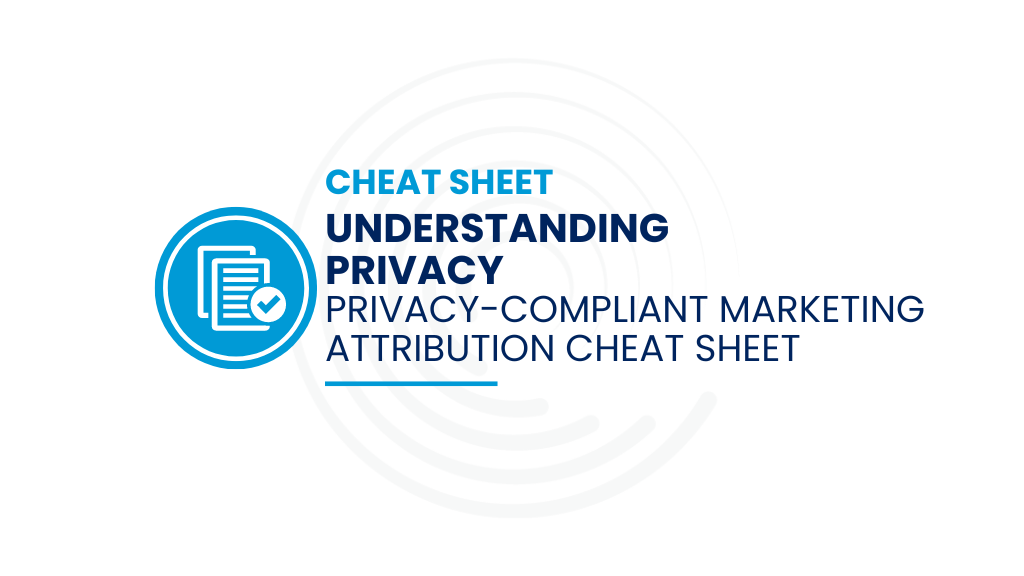This blog post was originally written for Martech.zone.
If you were spending an evening in a city you’d never visited before and had two restaurant recommendations, one from the hotel concierge and one from a friend, you’d probably follow your friend’s advice. We generally find the opinions of people we know and like more credible than a stranger’s recommendation — it’s just human nature.
That’s also why business-to-consumer (B2C) brands invest in influencer campaigns — friendly recommendations are an incredibly powerful advertising tool. It works that way in the business-to-business (B2B) world too. In the old days, potential customers would contact a vendor, read industry research or download a sales brochure. Now they look to peers and almost 95 percent read online reviews.
Since your B2B customers are taking multiple steps before they ever talk to a sales rep, it’s marketing’s job to nurture leads at the top of the sales funnel in the most effective way. And the most efficient advertising tool is brand evangelists — customers who love your product and are willing to share their experience with peers. Here’s a plan to help you create an army of brand evangelists:
Step 1: Focus on Customer Success
At the end of the day, B2B customers like your product because it helps them succeed on the job. So, to create brand evangelists, make customer success your number one goal. It has to be integral to your company culture, and every employee in every role should understand that your ultimate mission is to help customers succeed.
Another point to keep in mind is that what gets measured is what gets done, so make customer success a key staff performance metric by rating employees on retention. Helping customers solve a problem (customer support) and finding upsell opportunities (sales) are critical, but everything must relate back to the overarching goal of customer success.
Step 2: Communicate Early and Often
Customer communication is important at every stage of the relationship, but it’s a great idea to set a standard on day one, such as a 24-hour window for the customer success team to reach out when new customers come on board. Early communication sets the tone and signals your commitment to the new customer’s success.
It’s also advisable to set up regular touchpoints so you can make sure you understand the customer’s priorities and objectives, which will shift over time. Regular communication ensures that your team stays up to date on customer goals, and it may also give you an early warning of an emerging problem so you can fix it and keep the relationship on track.
Step 3: Make Sure the Customer Success and Sales Teams Work Together
If at all possible, have your sales team bring the customer success group to the table before closing the deal. It’s a great way to signal your commitment to customer success, and it gives the customer success group the opportunity to establish rapport before any support issues arise.
Another advantage of sales-customer success teamwork is that it gets everyone on the same page regarding customer expectations and gives everyone a chance to gauge the level of support the new customer will need for a successful implementation. A smooth handoff is essential for customer success — and internal relationships.
Step 4: When You Make a Mistake, Apologize and Fix It
Nobody’s perfect, and sooner or later, your team will make an error that affects a customer. How you handle it will tell the customer a lot about your commitment to their success. Employees should own up to mistakes, apologize and focus on solving the problem rather than deflecting blame or getting defensive.
Regular customer communication should give you an opportunity to address problems before they become public. But if you get a negative review, don’t panic — it’s still possible to make it right, and if you handle it well, you can even strengthen the relationship. Also keep in mind that 89 percent of potential customers read the business’s response to negative reviews.
What Matters Most
You’ll notice that every step in this four-point plan involves customer success. That’s at the heart of any plan to turn customers into brand ambassadors. Handing out tchotchkes, bonding at conferences, remembering the names of partners and kids, etc., can build interpersonal relationships. But ultimately, what matters most is that your product helps customers do their job more effectively.
So, remember that you have a pool of potential influencers: your customers. Focus on their success, stay in touch with them, coordinate outreach with colleagues, and own up to mistakes so you can fix errors quickly. When you put that four-point plan into action, you’ll be able to create a base of raving fans, and that’s the sort of advertising that you can’t purchase at any price.
[Guide] 4 Dashboards to Make Marketing Measurement Easy
Download this guide to learn the four distinct pillars of marketing measurement, and how they translate into actionable dashboards.




